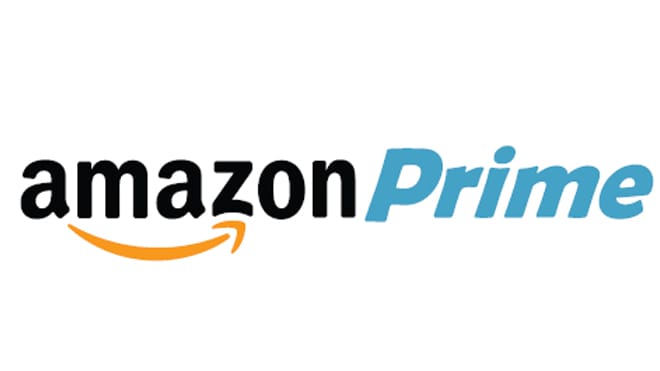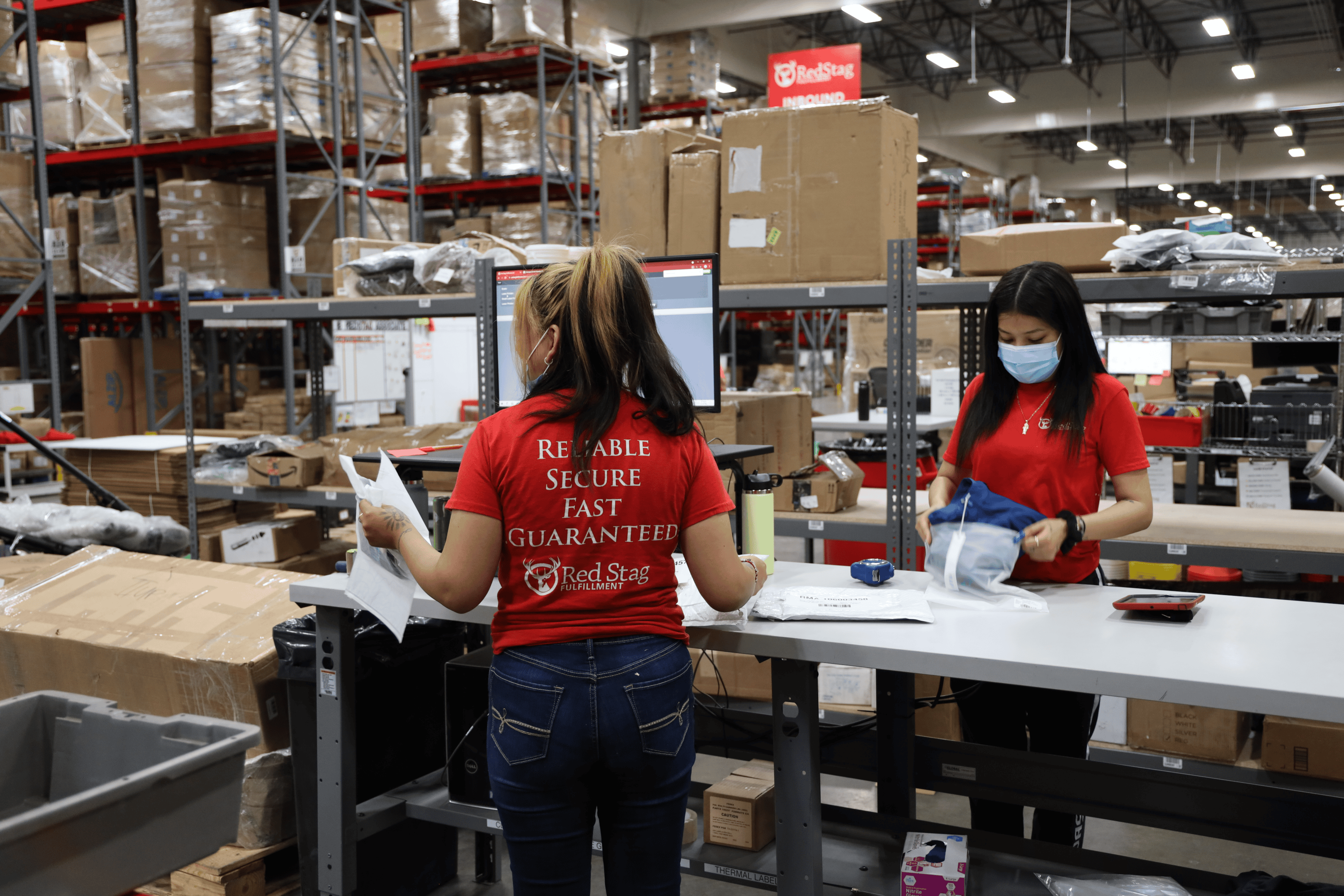Starting an ecommerce business means making countless critical decisions, but few are as impactful as choosing your fulfillment strategy.
Should you minimize upfront costs with dropshipping, leverage Amazon’s massive logistics network through FBA, or explore other alternatives? The wrong choice can sink profit margins, damage customer relationships, or limit your growth potential.
The dropshipping vs Amazon FBA debate isn’t just about logistics—it’s about the foundation of your entire business model. Each approach offers distinct advantages and significant trade-offs that will shape your company’s trajectory. Understanding these differences is essential before you invest time, money, and effort into building your ecommerce operation.

TL;DR:
Key takeaways

Dropshipping requires minimal capital but offers lower profit margins, while Amazon FBA gives you access to Prime customers but with higher fulfillment costs.

With dropshipping, you only buy products after making a sale, while FBA requires inventory investment but offers faster fulfillment.

Third-party logistics (3PL) providers offer an alternative that combines the benefits of both models with greater control over your fulfillment process.

You can mix business models by using multiple platforms like Amazon, Shopify, and dropshipping simultaneously with the right fulfillment partner.
What is Amazon FBA?
Amazon is the biggest ecommerce marketplace in the world. Almost one-third of the US population has an Amazon Prime account. When you sell on Amazon, you gain access to a vast consumer marketplace.


Fulfillment by Amazon (FBA) is Amazon’s fulfillment service for sellers. With Amazon FBA, you can offer Prime shipping, which helps you win the Buy Box. Amazon handles warehousing and picks and packs your orders. All you need to do is ship your products to Amazon, and FBA takes care of the rest.
Amazon’s impressive logistics operation includes warehouses near every metropolitan area in the U.S. Amazon FBA lets even small businesses benefit from a massive logistics operation.

PRO TIP: You don’t need to use Amazon FBA to offer Prime Shipping. At Red Stag, we offer Seller Fulfilled Prime services, which wins your listings the Prime badge without using FBA. Our comprehensive Amazon fulfillment services also include FBA prep and Fulfilled By Merchant.
What is dropshipping?

Dropshipping is a business model that lets you start a business with minimal capital. You source products from dropshipping suppliers and list them for sale. You don’t purchase inventory until you make a sale. When a customer orders from your store, the dropshipper ships directly to your customer.
The manufacturer or dropshipping supplier handles warehousing and fulfillment. In addition, you don’t have to put out money up front for stock. You only pay for inventory after the customer has paid you. This ecommerce model is great for starting up on a shoestring. However, you’ll pay a higher wholesale price for each product, so your share of the profits will be smaller.

Dropshipping vs. Amazon FBA
There are pros and cons to using both dropshipping and Amazon FBA for your fulfillment. Here are some key points to consider when choosing dropshipping vs. Amazon FBA.
Reasons to choose dropshipping
01
Dropshipping vs. Amazon FBA isn’t always an either/or choice. You might start with dropshipping and graduate to FBA. Or you might choose a mix of both for your eCommerce business.
Dropshipping could be the right choice for you if:

You have the time and enthusiasm to start a business, but not a lot of money. With dropshipping, you don’t have to spend money upfront to buy inventory. The initial investment is small, so it’s easy to get started on a shoestring.

You have a low tolerance for financial risk. When you create a dropship business, you don’t have to worry about products that don’t sell well. You will never be stuck with extra product because you only buy the products your customers want.

You’re not sure what direction you want to take with your online business. Perhaps you need to experiment with different products to see what works for you. Dropshipping gives you the flexibility to try out a new product without worrying if it will sell.

PRO TIP: When starting with dropshipping, focus on finding reliable suppliers with fast shipping times to the US. Customer satisfaction with delivery speed can make or break your new business.
Downsides of dropshipping

Limited brand identity – If you want to establish a strong brand identity, you probably won’t be able to do that without sourcing your own product line.

Lower profit margins – You’ll have bigger profit margins with a traditional business model because you’ll get to keep a greater percentage of each sale.

No control over fulfillment – You have no control over the fulfillment process. You’re at the mercy of your dropshipping supplier to deliver to your customer. Slow delivery and fulfillment mistakes could hurt your credibility.
Reasons to choose FBA
02
Amazon makes it easy to sell online, which makes it easy for you to start an ecommerce business. The Amazon bureaucracy can be maddening, but many Amazon sellers have built profitable companies through the Amazon Marketplace.

Also, Amazon’s warehouse network is one of the best in the world. Your orders will reach your customers quickly. Amazon fulfillment is a mighty operation. Plus, Amazon FBA can handle returns and customer service for your customers as well.
For Amazon sellers, Amazon FBA pros include:

You have outgrown self-fulfillment. Many eCommerce businesses start by shipping orders out of a garage or renting a small warehouse. If you’ve outgrown your homegrown fulfillment, you could hire an extra employee and rent more space. Or you could outsource your fulfillment to the experts at Amazon FBA.

You don’t have the time or inclination to manage logistics. Fulfillment is a crucial element of your eCommerce business. It can also be time-consuming. That takes you away from the work you need to do to market your products. Outsourcing can lead to increased sales.

You want to be able to offer Prime shipping. Amazon FBA makes you a Prime seller. That is a valuable asset that will increase your sales.
Downsides of Fulfillment by Amazon

ALERT: The problems with FBA can significantly impact your business. Be aware of high fulfillment costs, warehouse space limitations during holidays, potential product substitution during fulfillment, lack of branding on shipping boxes, and being subject to Amazon’s ever-changing rules.

High fulfillment costs, particularly around the holidays.

Limitations on warehouse space, also particularly during the holidays.

Amazon has been known to substitute one seller’s products for another during fulfillment. If the other product wasn’t the quality advertised, that could hurt your seller reputation.

Your products ship in Amazon boxes. You aren’t able to put your brand name on the boxes that land on the customers’ doorsteps.

You are at the mercy of Amazon. The company sets the rules and can change them at any time.
Another choice: Amazon FBA vs. dropshipping vs. Shopify Fulfillment Network
Shopify is the largest ecommerce platform in the world. It hosts storefronts for more than 1 million online retailers. Sellers from almost every country in the world use Shopify to market their products. If you want control over your online business and easy setup, a Shopify store is a great choice.
Shopify has now added fulfillment to the services it offers. Much like FBA, Shopify sellers can send products to the Shopify Fulfillment Network for warehousing and order fulfillment.


NOTE: For a seller with a Shopify store, this can be an appealing choice. The ease of managing all aspects of your online business on one platform is also a bonus. It offers seamless fulfillment integration with your Shopify store. (Pro tip: most 3PLs integrate with Shopify as well as many other online sales platforms. That might be a better choice for multichannel selling.)
For sellers who are ready to create a branded online experience, Shopify is a great choice. You’ll have a much better opportunity to establish a brand identity when you use the Shopify Fulfillment Network than Amazon FBA and dropshipping.
How to choose between dropshipping vs. FBA vs. 3PL services
The options above are, to some extent, mix and match. You can open a dropshipping store on Shopify. Or you can sell dropshipped products on the Amazon Marketplace (though you can’t use FBA for dropshipped items). Many Amazon sellers have both an FBA business and a Shopify store.


Key Takeaway: There is another terrific choice for your warehousing and fulfillment: a 3PL. Third-party logistics companies like Red Stag Fulfillment provide top-notch fulfillment services. You can use one provider to ship orders from Amazon, Shopify, and all your selling platforms. Red Stag can even allow you to offer Prime ecommerce shipping through Amazon seller Prime fulfillment.
One of the challenges with both dropshipping and FBA is that you don’t have control over your fulfillment. With a 3PL, you get a partner to handle the work. At the same time, you set the terms of your fulfillment. For example, Red Stag Fulfillment offers the option of same-day fulfillment services to get your orders out fast.
Ready to find the right fulfillment solution for your business?
If you’re wondering what the next right step is for your business, Red Stag Fulfillment is here to help with expert advice tailored to your unique needs.
Let’s talkDropshipping vs. Amazon FBA FAQs

Is dropshipping better than Amazon FBA?
Dropshipping requires less capital to start but offers lower profit margins. Amazon FBA needs more upfront investment but gives you access to Prime customers and better fulfillment. The best choice depends on your business goals, capital, and tolerance for risk. Many successful sellers use a hybrid approach or transition from dropshipping to FBA as they grow.










Can I use both dropshipping and Amazon FBA together?
Yes, you can use both models simultaneously. Many sellers test products through dropshipping first, then move successful items to Amazon FBA. You can also use different models for different products based on factors like profit margins, weight, and sales velocity. A 3PL partner like Red Stag Fulfillment can help you create a unified fulfillment strategy across multiple channels.










When should I consider using a 3PL instead of Amazon FBA or dropshipping?
Consider a 3PL like Red Stag Fulfillment when you want more control over your fulfillment process while still outsourcing logistics. A 3PL is ideal when you: sell through multiple channels, need customized packaging or inserts, have specialty items (fragile, oversized, heavy), want to build your brand identity, need flexibility during peak seasons, or want to avoid Amazon’s constantly changing fees and policies.











